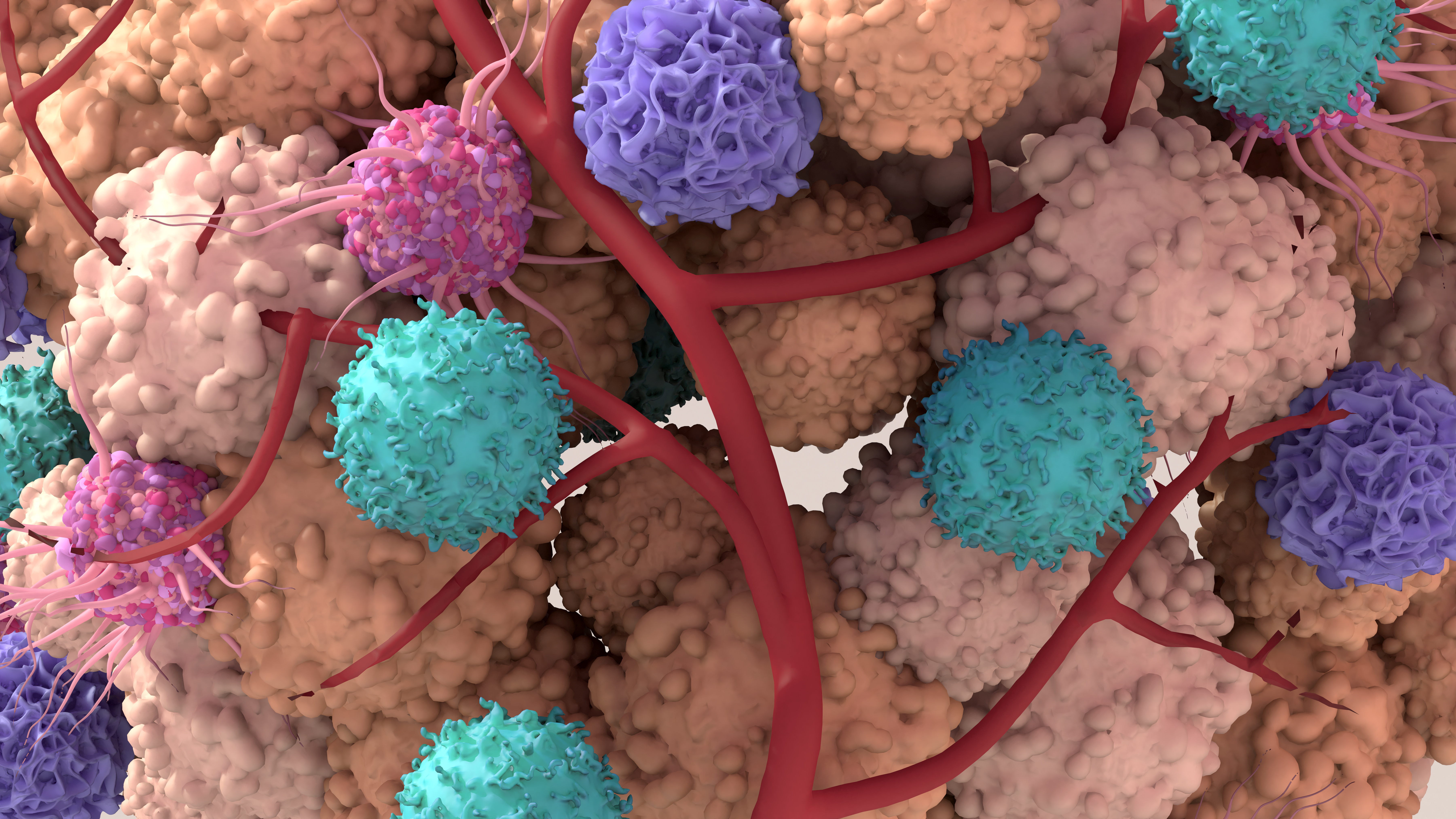A self-contained device that facilitates simultaneous in vivo viewing and remotely controlled fluid delivery to the target tissue.
Research has led to a new understanding of how tumor microenvironment heterogeneity presents delivery barriers that hamper the effectiveness of cancer treatments. High-resolution imaging can identify, localize, and quantify heterogeneity in the tumor microenvironment, in vivo, and reveal cell-cell interactions and mechanisms that cannot be observed using fixed tissue, i.e., tissue samples, which have been cross-linked in paraformaldehyde (PFA) and then, stained for selected antibodies to allow for imaging by microscopy. Such in vivo imaging can inform the controlled release of therapeutics to the target tissue.
This invention relates to devices for in vivo viewing of target tissue, and, more particularly, to a microfluidic intravital window which provides both high-resolution in vivo imaging over extended time periods and remotely controlled release of fluids into the target tissue, e.g., controlled release of factors into a tumor microenvironment.
The microfluidic fluid source and delivery system is self-contained and completely located within the intravital imaging window. The device includes at least one preloaded fluid reservoir, at least one fluid port in fluidic communication with both the at least one preloaded fluid reservoir and the target tissue, and at least one light activated fluid flow control device situated between the at least one preloaded fluid reservoir and at least one fluid port, to facilitate simultaneous in vivo viewing and remotely controlled fluid delivery to the target tissue.
The invention is remotely activated, dynamically controllable, efficient and versatile in application, and readily fabricated using soft lithography processes.

• Provides the ability to visualize, identify and manipulate specific cell types and their dynamics while they are resident in the living tissue at both the primary and various secondary sites.
• Efficient and versatile in application. (combining multiple reagents reduces the number of total tests)
• Information content increases more than geometrically with the number of parameters.
• Subset identification can be combined with intracellular metabolic measurements.
• Readily fabricated using soft lithography processes.
Patented
US10117990B2 US10117990B2 - Microfluidic intravital window
This technology is available for licensing.